- K-State home
- College of Architecture, Planning and Design
- About
- Awards and Recognition
- Victor L. Regnier Distinguished Visiting Professorship
Victor L. Regnier Distinguished Visiting Professorship
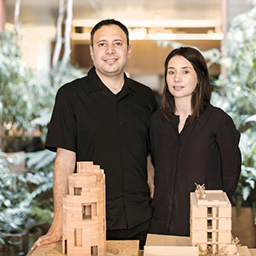 Salvador Marcias, Magui Perdo & Diego Quirte 2022-2023
Salvador Marcias, Magui Perdo & Diego Quirte 2022-2023
Estudio Macías Peredo is an architecture firm founded by Salvador Macías Corona and Magui Peredo Arenas, both graduates from Instituto Tecnológico de Estudios Superiores de Occidente (ITESO) in Guadalajara, Mexico, where they have been professors in the projects area for several years.
Macías-Peredo have presented numerous lectures and forums on their professional practice in different universities in Mexico and abroad, including the University of Columbia in New York City, the University of New Mexico in Albuquerque, the University of Texas in Arlington, the University of Washington in Seattle, the University of Rice in Houston, and the Latin GSD University of Harvard in Massachusetts; also at the University of Tokyo in Japan, the Pontifical Catholic University of Chile, the Peruvian University of Applied Sciences (UPC) in Lima, Peru; the International Art Fair (ARTBO) 2018 in Bogota, at the AprA Architecture Meeting in Medellin, Colombia; the Pan-American Biennial of Architecture of Quito, Ecuador; the School of Architects in Brasilia, Brazil; the School of Architects in Mendoza, Argentina; and the 2019 Mantova Architettura in Mantua, Italy.
Previous Regnier Distinguished Visiting Professors
|
|
||||||||
|
|
||||||||
|
||||||||
|
|
||||||||
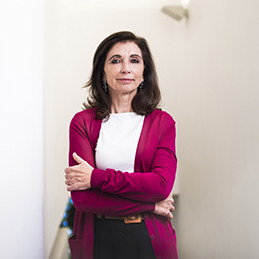 Fuensanta Nieto 2018-2019 Fuensanta Nieto 2018-2019Fuensanta Nieto has worked as an architect since graduating from the Universidad Politécnica de Madrid and the Graduate School of Architecture and Planning at Columbia University in New York in 1983. She is a founding partner of Nieto Sobejano Arquitectos and a professor at the Universidad Europea de Madrid. Fuensanta Nieto lectures on architecture and participates in juries and symposia at various institutions around the world. From 1986 to 1991 she was co-director of the architectural journal ARQUITECTURA, published by the Colegio Oficial de Arquitectos de Madrid. |
||||||||

Fran Silvestre 2017-2018 After having graduated in Architecture at the Escuela Técnica Superior de Arquitectura de Valencia in 2001, he specialized in urban planning at the Technische Universiteit Eindhoven a year later. Then, he won a scholarship to work at the studio of the Pritzker Prize architect from Portugal, Alvaro Siza, which is located in Oporto, and have ever since undertaken projects in cooperation with him. He is also dedicated to teach as professor at the Universidad Politecnica de Valencia since 2006, and the Universidad Europea since 2009. Influenced by the above mentioned architect, Alvaro Siza, or the sculptor Andreu Alfaro, among others, the studio realizes series of projects that take into account factors such as, modulation, serialization or light. Thus, giving rise to buildings of high purity, using constant innovative materials and technologies. Since its foundation, it has focused on the development and implementation of small-scale projects, for instance, The Atrium House (2009) or the House at the mountainside of a Castle (2010). It also carries out multidisciplinary work while designing objects like the Alis chair, collaborating with other studios such as Alfaro Hofmann, which is dedicated to interior design. |
||||||||
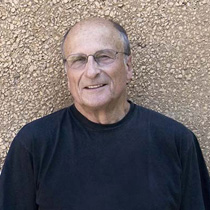
Gonçalo Byrne 2016-2017 Byrne's recent work includes the requalification of the Portuguese National Bank headquarters and the Thalia Theater in Lisbon with Barbas Lopes architects; the expansion of the National Museum Machado de Castro in Coimbra; the Estoi Pousada de Portugal in Faro; and the Estoril Sol Complex in Cascais. Byrne's work has been awarded by the International Association of Art Critics, the Gold Medal by the French Academy of Architecture, and recently with the Piranesi Prix de Rome 2014 for the National Museum Machado de Castro. In 2005, Byrne was awarded the Grand Cross of the Order of Santiago da Espada by the president of the Portuguese Republic. |
||||||||
 Jay Siebenmorgen 2015-2016 Jay Siebenmorgen 2015-2016View the lecture New York Architect Jay Siebenmorgen is a design principle at NBBJ’s Boston studio. His work includes the Lunder Building for Massachusetts General Hospital in Boston, the public spaces for The Juilliard School of Arts at Lincoln Center in New York, and the Rainier Square development in Seattle. Siebenmorgen has taught at Columbia University’s Graduate School of Architecture, Planning and Preservation. Formerly he worked in the offices of BNIM, Steven Holl Architects and Diller Scofidio + Renfro. Siebenmorgen is a graduate of K-State and Columbia University. |
||||||||
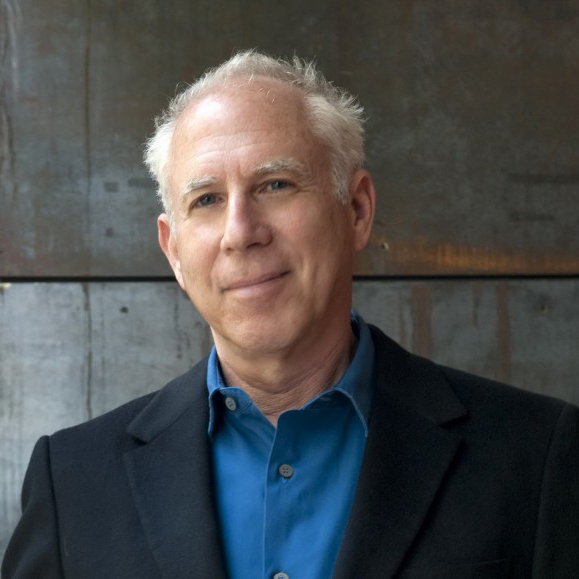 Steven Ehrlich 2014-2015 Steven Ehrlich 2014-2015California Architect Steven Ehrlich has evolved a signature design philosophy called Multicultural Modernism, which seeks to create sustainable buildings infused with cultural meaning and rooted in the specificities of site, and latest technologies. Ehrlich was the 2011 recipient of the California AIA Maybeck Award, and the National AIA Firm of the Year Award 2015. |
||||||||
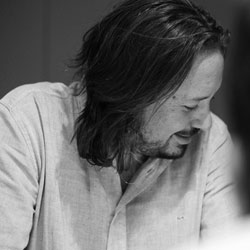 Javier Sánchez 2013-2014 Javier Sánchez 2013-2014Mexican architect Javier Sánchez is an international renowned architect and developer based in Mexico City. He is the founding partner and lead designer of the architectural workshop of JSa. With over 55 national and international awards, he thinks of his projects as part of an urban acupuncture strategy redefining the urban form to create public space interfaces and regeneration of the urban tissue. |
||||||||
 Beat Kämpfen 2012–2013 Beat Kämpfen 2012–2013Swiss architect Beat Kämpfen is internationally recognized for his work that is guided by principles of energy efficiency, ecology and sustainability and expressed in contemporary architectural language. Beyond mere concerns for technological aspects, Kämpfen is guided by a holistic understanding of sustainability, one that encompasses social, ecological and economical aspects. He has been principal at his Bűro fűr Architektur (Office for Architecture) in Zürich, Switzerland since 1995. |
||||||||
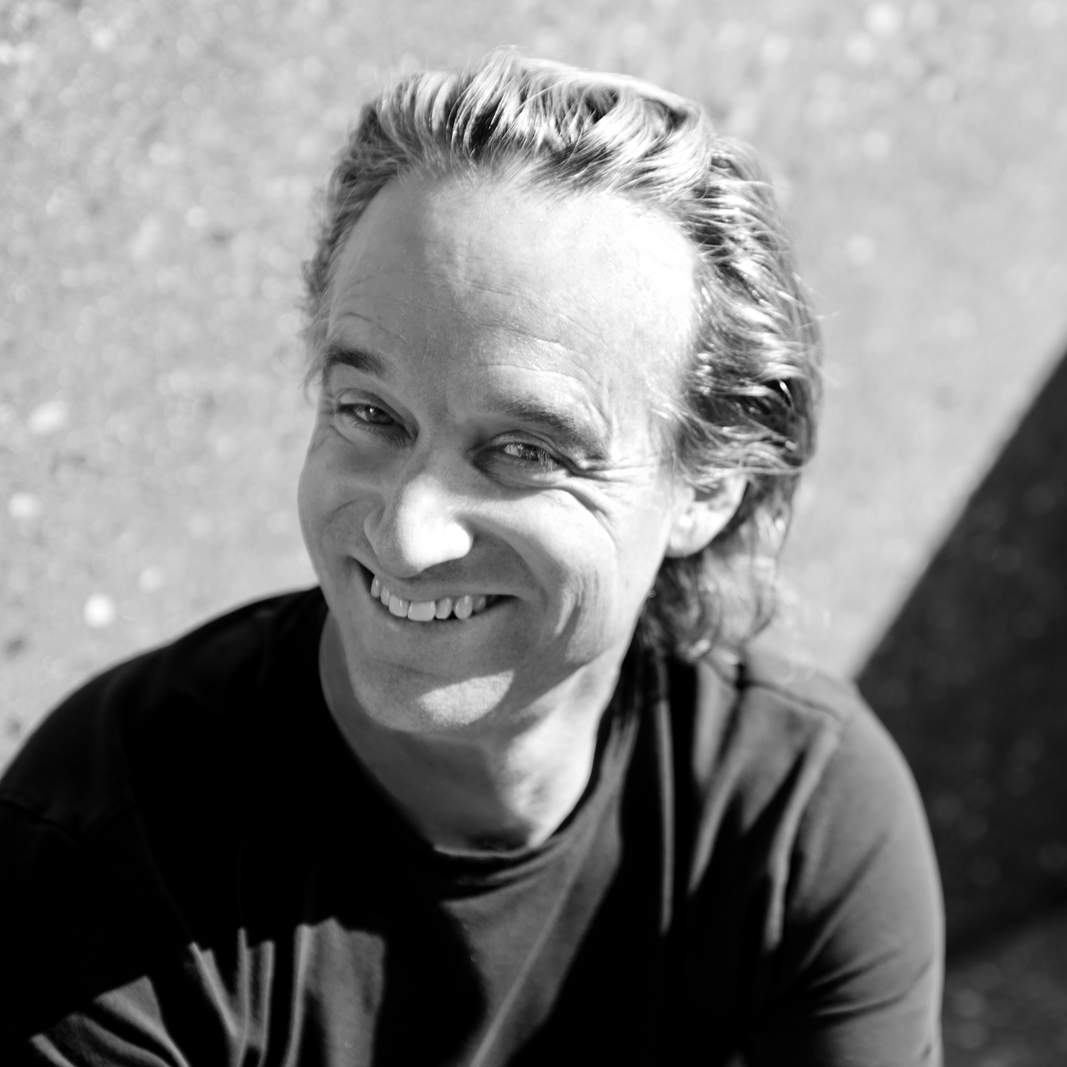 Wendell Burnette 2011–2012 Wendell Burnette 2011–2012Wendell Burnette is a native of Nashville, Tennessee, who discovered the southwest desert as an apprentice at Frank Lloyd Wright’s Taliesin West. He is currently principle of Wendell Burnette Architects in Phoenix and is a self-taught architect with an international recognized body of work. His practice is engaged in a wide range of private and public projects. |
||||||||
 Helen & Hard 2010–2011 Helen & Hard 2010–2011Norwegian architects Siv Helene Strangeland and Reinhard Kropf are the principals of Helen and Hard Architects. Educated respectively at the Oslo School of Architecture and Graz University of Technology, they are the recipients of various awards, most recently the Annual National Award for Good Building and Environmental Design. |
||||||||
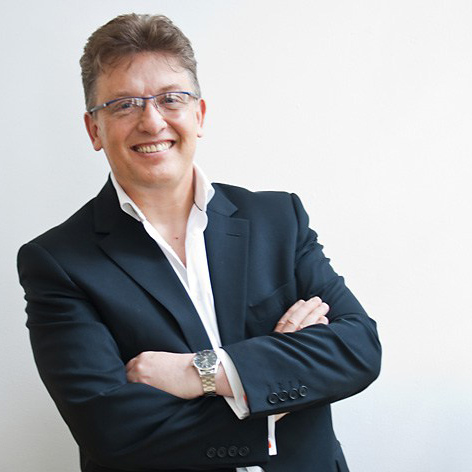 Alan Dunlop 2009–2010 Alan Dunlop 2009–2010Alan Dunlop is a principal at Alan Dunlop Architects based in Glasgow, Scotland. He is a Fellow of the Royal Incorporation of Architects in Scotland and was educated in London and at the Mackintosh School of Architecture in Glasgow. |
||||||||
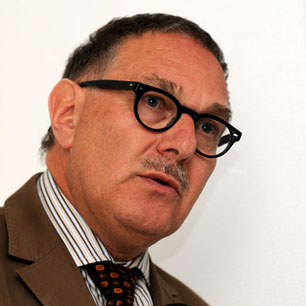 Alfred Jacoby 2008–2009 Alfred Jacoby 2008–2009Professor Jacoby is director of Dessau International Architecture (DIA), located at the famous Bauhaus of Dessau, Germany. His special interest lies in sacred architecture and the history and theory of architecture. and in cultural theory. |
||||||||
 Miguel Angel Roca 2007–2008 Miguel Angel Roca 2007–2008Professor Roca studied architecture and urban design at the Universidad Nacional de Cordoba and the University of Pennsylvania under Louis Kahn, for whom he worked. His architectural practice has earned him numerous international design awards and has been featured in eight monographs. |
||||||||
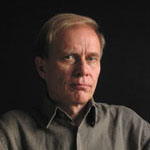 Mikko Heikkinen 2006–2007 Mikko Heikkinen 2006–2007Born in Savonlinna, Finland, Mikko Heikkinen received his Master of Science in Architecture at Helsinki University of Technology in 1975. Later in 1975, Heikkinen founded a partnership with Markku Komonen under the name Heikkinen–Komonen Architects. |
||||||||
 Alberto Campo Baeza 2005–2006 Alberto Campo Baeza 2005–2006Born in Cadiz, Spain, Campo Baeza was educated at the ESTA in Madrid. He has taught at his alma mater since 1976, serving as head of the school since 1986. Meanwhile, his practice has expanded dramatically from one that focused on small residential projects to one involved with large commercial and institutional commissions. |
||||||||
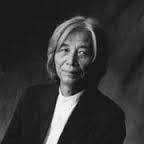 Hiroshi Hara 2004-2005 Hiroshi Hara 2004-2005Hiroshi Hara has been responsible for the designs of many of the most significant and largest projects in his country. His focus is upon the internal order of the house as informed by critical aspects of dwelling. |
||||||||
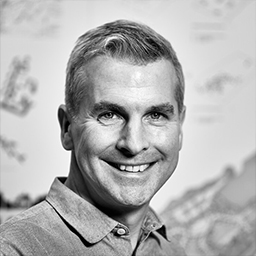 Jerry Tate, RIBA 2021-2022
Jerry Tate, RIBA 2021-2022
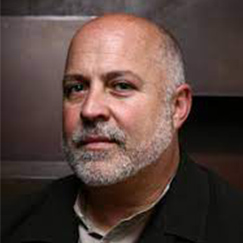 Larry Scarpa 2019-2020
Larry Scarpa 2019-2020